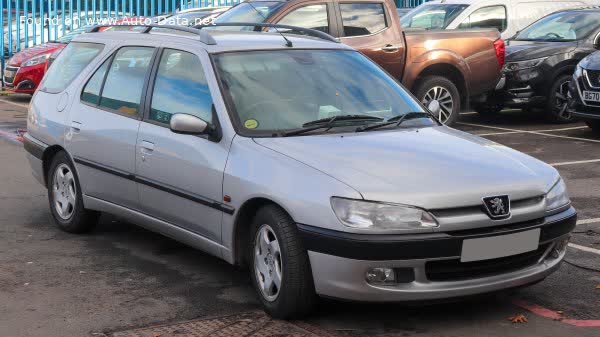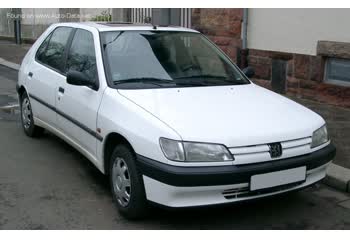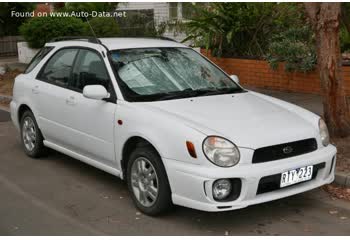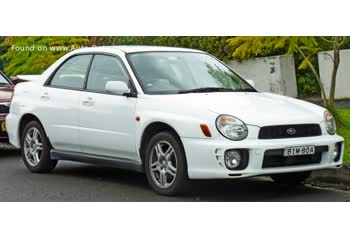Everything you need to know about specifications and performance - Peugeot 306 2000 - 1.6i (99 Hp)

Overview:
What is the engine capacity of a Peugeot 306 2000?
The engine capacity of the Peugeot 306 2000 is 1587.
Peugeot 306 2000 How many horsepower?
The engine power of the Peugeot 306 2000 is 99 Hp @ 5750 rpm..
What is the Peugeot 306 2000 engine?
Peugeot 306 2000 engine is NFT TU5JP. (Click to see other cars using the same engine)
How much gasoline does a Peugeot 306 2000 consume?
The Peugeot 306 2000 consumes 6.9 liters of gasoline per 100 km
General:
Brand: Peugeot
Model: 306
Generation: Break (7E)
Modification (Engine): 1.6i (99 Hp)
Start of production: 2000
End of production: 2002
Powertrain Architecture: Internal Combustion Engine
Body type:Station wagon
Seats: 5
Doors: 5
Engine:
Power: 99 hp @ 5750 rpm.
Power per litre: 62.4 hp/l
Torque: 138 nm @ 3250 rpm.
Engine Model/Code:NFT TU5JP
Engine displacement: 1587
Number of cylinders: 4
Engine configuration: Inline
Number of valves per cylinder: 2
Fuel injection system: Multi-port manifold injection
Engine aspiration: Naturally aspirated Engine
Engine oil capacity: 3.2 l
Coolant: 6.1 l
Engine layout: Front, Transverse
Cylinder Bore: 78.5 mm
Piston Stroke: 82 mm
Performance:
Fuel Type: Petrol (Gasoline)
Fuel consumption (economy) - urban: 9.1 l/100 km
Fuel consumption (economy) - extra urban: 5.6 l/100 km
Fuel consumption (economy) - combined: 6.9 l/100 km
Weight-to-power ratio: 11.6 kg/Hp, 86.1 Hp/tonne
Weight-to-torque ratio: 8.3 kg/Nm, 120 Nm/tonne
Space:
Kerb Weight (kg): 1150
Max. weight (kg): 1605
Max load (kg): 455
Trunk (boot) space - maximum: 1510 l
Trunk (boot) space - minimum: 440 l
Permitted trailer load with brakes (12%): 1000 kg
Fuel tank capacity: 60 l
Permitted trailer load without brakes: 590 kg
dimensions:
Length: 4338 mm
Width: 1680 mm
Height: 1415 mm
wheelbase: 2580 mm
Front track: 1423-1433 mm
Rear (Back) track: 1424-1432 mm
Front overhang: 815 mm
Rear overhang: 943 mm
Powertrain, Suspension and Brakes:
Drivetrain Architecture: The Internal combustion Engine (ICE) drives the front wheels of the vehicle.
Drive wheel: Front wheel drive
Number of gears and type of gearbox: 5 gears, manual transmission
Front brakes: Disc
Rear brakes: Drum
Assisting systems: ABS (Anti-lock braking system)
Steering type: Steering rack and pinion
Power steering: Hydraulic Steering
Tires size: 185/65 R14
Wheel rims size: 14
Front suspension: Wishbone
Rear suspension: Trailing arm
See also

Other generation.
Its production began in 1996 until 1997

Same production year and almost the same engine capacity.
Its production began in 2000 until 2002

Same production year and almost the same engine capacity.
Its production began in 2000 until 2002

Write a comment